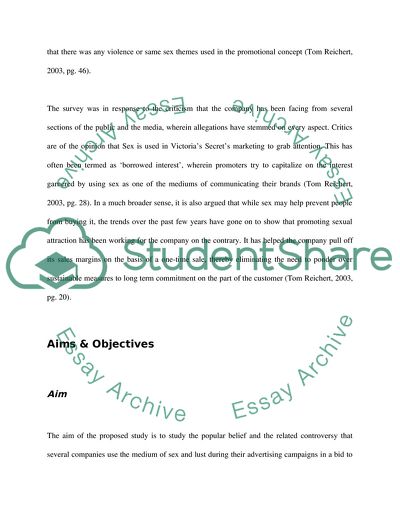Cite this document
(The Sexual Tone in Victoria's Secret Marketing Research Paper, n.d.)
The Sexual Tone in Victoria's Secret Marketing Research Paper. Retrieved from https://studentshare.org/marketing/1725946-sex-in-advertising-client-victorias-secret-sex-in-marketing
The Sexual Tone in Victoria's Secret Marketing Research Paper. Retrieved from https://studentshare.org/marketing/1725946-sex-in-advertising-client-victorias-secret-sex-in-marketing
(The Sexual Tone in Victoria'S Secret Marketing Research Paper)
The Sexual Tone in Victoria'S Secret Marketing Research Paper. https://studentshare.org/marketing/1725946-sex-in-advertising-client-victorias-secret-sex-in-marketing.
The Sexual Tone in Victoria'S Secret Marketing Research Paper. https://studentshare.org/marketing/1725946-sex-in-advertising-client-victorias-secret-sex-in-marketing.
“The Sexual Tone in Victoria'S Secret Marketing Research Paper”, n.d. https://studentshare.org/marketing/1725946-sex-in-advertising-client-victorias-secret-sex-in-marketing.


